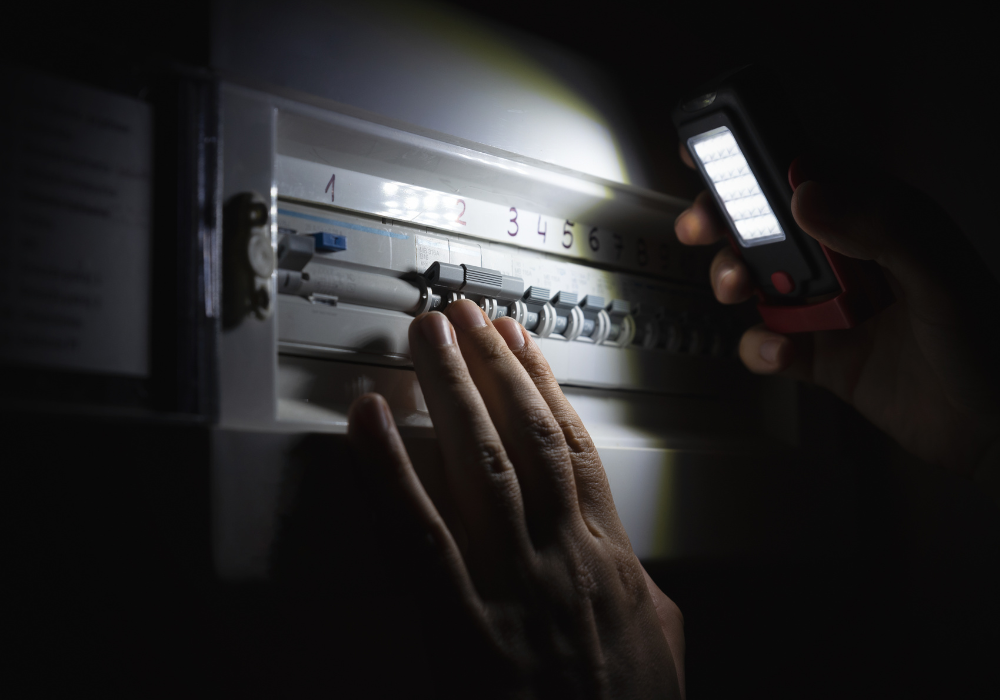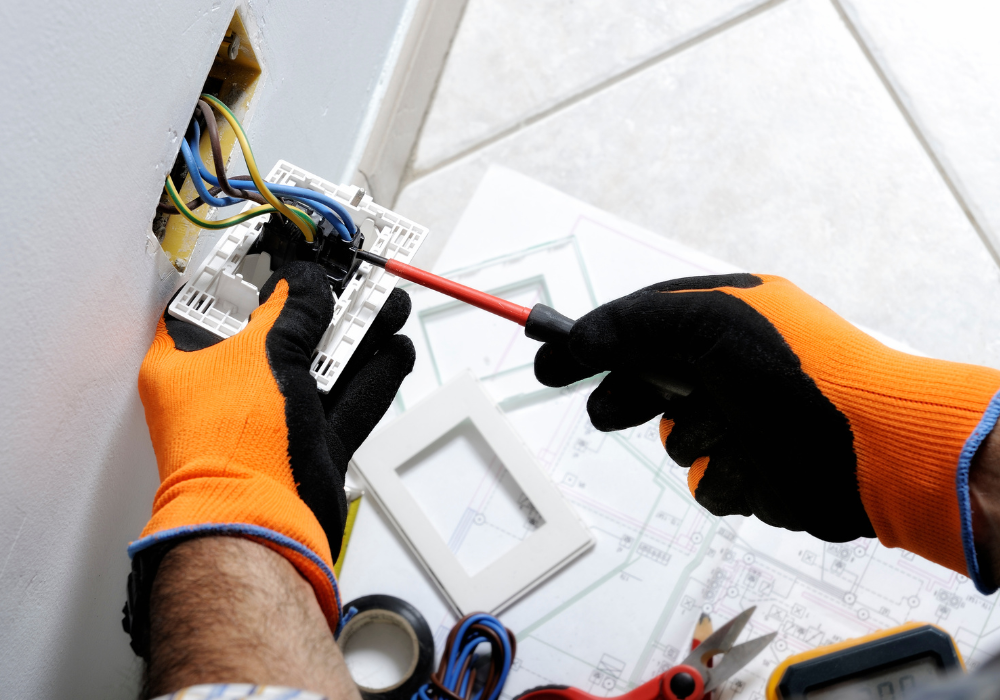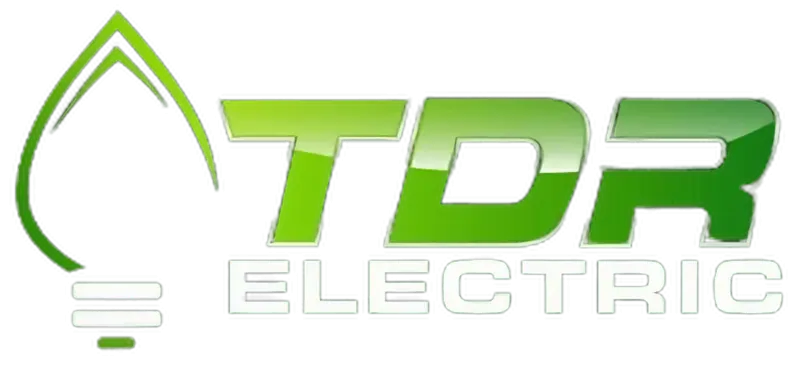Every homeowner has faced the frustrating flicker of lights or an unexpected power outage. Understanding common electrical problems isn’t just about convenience—it’s crucial for safety and peace of mind. This guide aims to equip homeowners with the knowledge to troubleshoot common electrical problems, helping them identify when a DIY solution suffices and when to call in a pro.
Common Electrical Problems Faced by Homeowners
 Power Outages
Power Outages
Power outages can be sudden and inconvenient. They can result from severe weather, overloaded circuits, or utility company issues. While some outages are beyond your control, understanding their causes can help mitigate downtime.
First, check if the outage is localized to your home or part of a wider blackout. Look out for neighbours experiencing the same issue. If it’s just your home, the problem might be within your electrical system.
Circuit Overloads
Circuit overloads occur when too many devices draw power from the same circuit. Signs include tripped breakers, flickering lights, and buzzing outlets. Regularly overloading circuits can damage appliances and lead to potential fire hazards.
To prevent overloads, distribute electrical devices across multiple circuits. Unplug devices not in use and consider upgrading your electrical panel if your home frequently experiences overloads.
Faulty Switches or Outlets
A faulty switch or outlet can be more than just a nuisance—it can be dangerous. Common signs include outlets that feel warm, switches that don’t work, or visible sparks. These issues often stem from loose wiring or wear and tear over time.
If you notice any of these signs, it’s important to address them promptly. Ignoring the problem can lead to electrical shocks or fires.
DIY Troubleshooting Steps
Identifying the Problem
Begin by identifying the nature of the common electrical problem. Is it a localized issue, like a single outlet not working, or a broader one affecting multiple devices? Use a process of elimination, unplugging one device at a time to see if the problem resolves.
Safety first! Always turn off the power at the breaker box before inspecting or fixing common electrical problems. Use insulated tools and wear gloves to protect yourself from electric shocks.
Isolating the Issue
Once you’ve identified the problem, isolate it. For instance, if an outlet is dead, check the breaker panel for a tripped breaker. Resetting a tripped breaker often resolves the issue. If it trips again, you might have an overload or short circuit.
For faulty switches or outlets, unscrew the faceplate and check for loose wires. Tighten any loose connections, but if wires look frayed or damaged, it’s best to replace the outlet or switch entirely.
Resolving the Issue
Sometimes, a simple fix like tightening a screw or resetting a breaker is all it takes. For more persistent issues, replacing components might be necessary. Hardware stores offer replacement parts for most common household electrical items.
Remember, if you feel uncomfortable at any point, stop and consult a professional. It’s better to be safe than sorry.
When to Call a Professional
 Complex Problems or Safety Concerns
Complex Problems or Safety Concerns
Not all common electrical problems are DIY-friendly. Problems like frequent breaker trips, persistent power surges, or wiring problems require expert intervention. Calling a professional ensures not only that the problem is fixed but also that your home remains safe.
Professional electricians have the tools and training to handle complicated issues safely. Attempting to fix complex problems on your own can lead to serious injury or further damage to your electrical system.
Warning Signs to Watch For
Certain signs indicate the need for professional help. These include a burning smell from outlets, frequent electrical shocks, or visible damage to wiring. Ignoring these warning signs can result in severe consequences like electrical fires.
If switches or outlets spark or emit heat, it’s time to call an electrician. They can diagnose the root cause and perform necessary repairs, ensuring your system is safe and compliant with electrical codes.
Benefits of Hiring a Qualified Electrician
Hiring a qualified electrician offers peace of mind. Professionals ensure that repairs are done correctly and safely. Additionally, they can provide insights into your home’s electrical health and recommend upgrades or preventive maintenance as needed.
Investing in professional services can save you money in the long run by preventing small common electrical problems from becoming costly repairs.
Preventive Measures
Regular Maintenance
Regular maintenance is key to preventing common electrical problems. Schedule annual inspections with a licensed electrician to ensure your system is in good condition. Routine checks can identify potential problems before they escalate.
During inspections, electricians assess the health of your wiring, outlets, and electrical panels. They can also update old systems to meet current safety standards.
Lifespan of Electrical Components
Understanding the lifespan of electrical components can help you plan replacements. For example, circuit breakers typically last 30-40 years, while outlets and switches last 10-20 years. Keeping track of these timelines ensures you replace components before they fail.
Replace older components proactively to maintain a safe and efficient electrical system. This practice reduces the risk of unexpected outages and ensures your home meets modern electrical standards.
Safe Practices at Home
Adopt safe practices like using surge protectors, unplugging devices when not in use, and avoiding overloading circuits. These habits protect your appliances and reduce the risk of electrical fires.
Educate family members about electrical safety. Simple practices like not using damaged cords and keeping water away from electrical devices can prevent accidents.
Electrical safety is a crucial aspect of homeownership. By understanding common electrical problems and knowing how to troubleshoot them, you can keep your home safe and functional. Remember to prioritize safety and call a professional for complex issues. Share this guide with fellow homeowners to promote safer homes everywhere. Together, we can make DIY electrical troubleshooting a safer and more effective practice.
